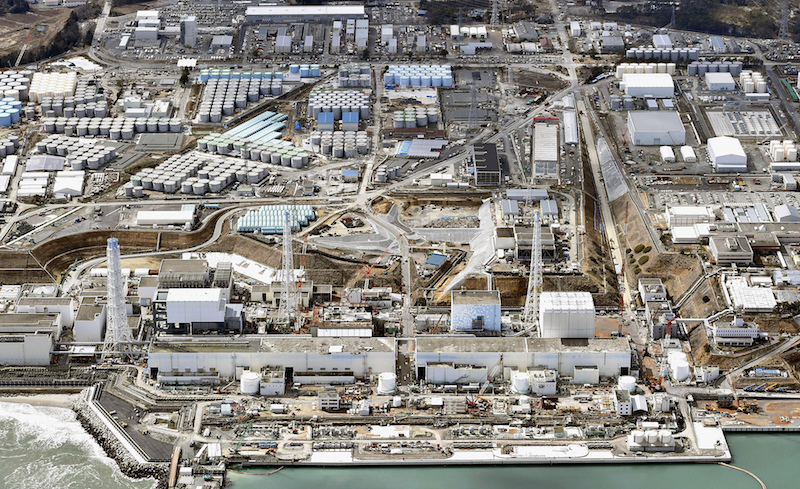Stepping inside the nuclear red zones of Fukushima
By: Catie Leary
www.mnn.com

In his eye-opening photo essay, Polish photojournalist Arkadiusz Podniesiński ventures into the most devastated areas of Japan’sFukushima Exclusion Zone.
The essay, simply titled “Fukushima,” gives readers an exclusive look at how the orange and red zones have changed in the years since the 2011 Tōhoku earthquake and tsunami, which triggered the Fukushima Daiichi nuclear disaster.
Since the evacuation, many of the areas surrounding the plant have been undergoing a slow recovery and clean-up process. In the hardest hit areas, “time has stood still, as if the accident happened yesterday.”

The photos are truly haunting, but this isn’t the first eerie exclusion zone that Podniesiński has documented.
The 1986 Chernobyl accident in modern-day Ukraine remains the largest nuclear disaster to date, and after the government opened up the area surrounding the sealed plant to tourists around 2005, this intrepid photojournalist was one of the first people to start exploring on a regular basis. He now even leads guided photography tours through the area surrounding Chernobyl, including the famous ghost town of Pripyat.
Unsurprisingly, this fascination with the world’s most catastrophic nuclear event is one of the major reasons why he felt drawn to see the aftermath of the Fukushima disaster.
“When I was planning my trip to Fukushima, I didn’t know what to expect,” Podniesiński explains. “The language, culture, traditions and customs are different, and what would I find there four years after the accident? Would it be something similar to Chernobyl?”

Of course, not just anyone can go waltzing into a nuclear exclusion zone.
Access to the red zones (sometimes referred to as the “no-go zones”) is strictly prohibited unless you are a former resident or have a special permit, but getting one of these permits is exceptionally difficult.
“No tourists are allowed. Even journalists are not welcome,” Podniesiński explains. “The authorities are wary, they [inquire] after the reason, the topic being covered, and attitude towards the disaster. They are worried that journalists will not be accurate and objective when presenting the topic, but they are most likely scared of being criticized for their actions.”
Podniesiński made several attempts to gain one of these elusive permits while planning his trip from Poland, but it was only when he got to Japan that he was finally able to acquire passage to the red zones after appealing to the officials in charge about his extensive knowledge and experience with documenting Chernobyl.

During his time in the Fukushima exclusion zone, Podniesiński visited several towns in both the orange and red areas, but perhaps one of the most eerie towns he explored was Futaba.
Situated right next to the ruined power station, this town suffers from one the highest contamination levels in the entire red zone. Due to the high levels of radiation, there have been no efforts to clean up or decontaminate the area yet, and all visitors are required to wear protective clothing and carry around dosimeters to measure radiation.

Due to the lack of intervention or clean-up, some homes and businesses have remained untouched for years.

While visiting Futaba, Podniesiński accompanied former residents Mitsuru and Kikuyo Tani as they explored their decaying home. Although the septuagenarians try to visit their old home regularly (for health and safety reasons, they are only allowed to visit once a month for a few hours), they have no expectations to return permanently.
As Podniesiński explains, “their main reason for returning […] is sentimental and the attachment they feel to this place. A yearning for the place in which they have their origins and spent their entire lives.”

While the elderly Tani couple feel comforted to see their old home, the vast majority of former residents have no desire to return.
“Many of the deserted houses, especially the wooden ones, are in such a state of disrepair that soon it will be not be financially viable to renovate them,” Podniesiński writes, “and if they are not renovated, they will start to fall down.”
For some, it is too painful of a reminder of the life they lost, and for many others, they know that soon there will be nothing to come back to, so what would be the point?


